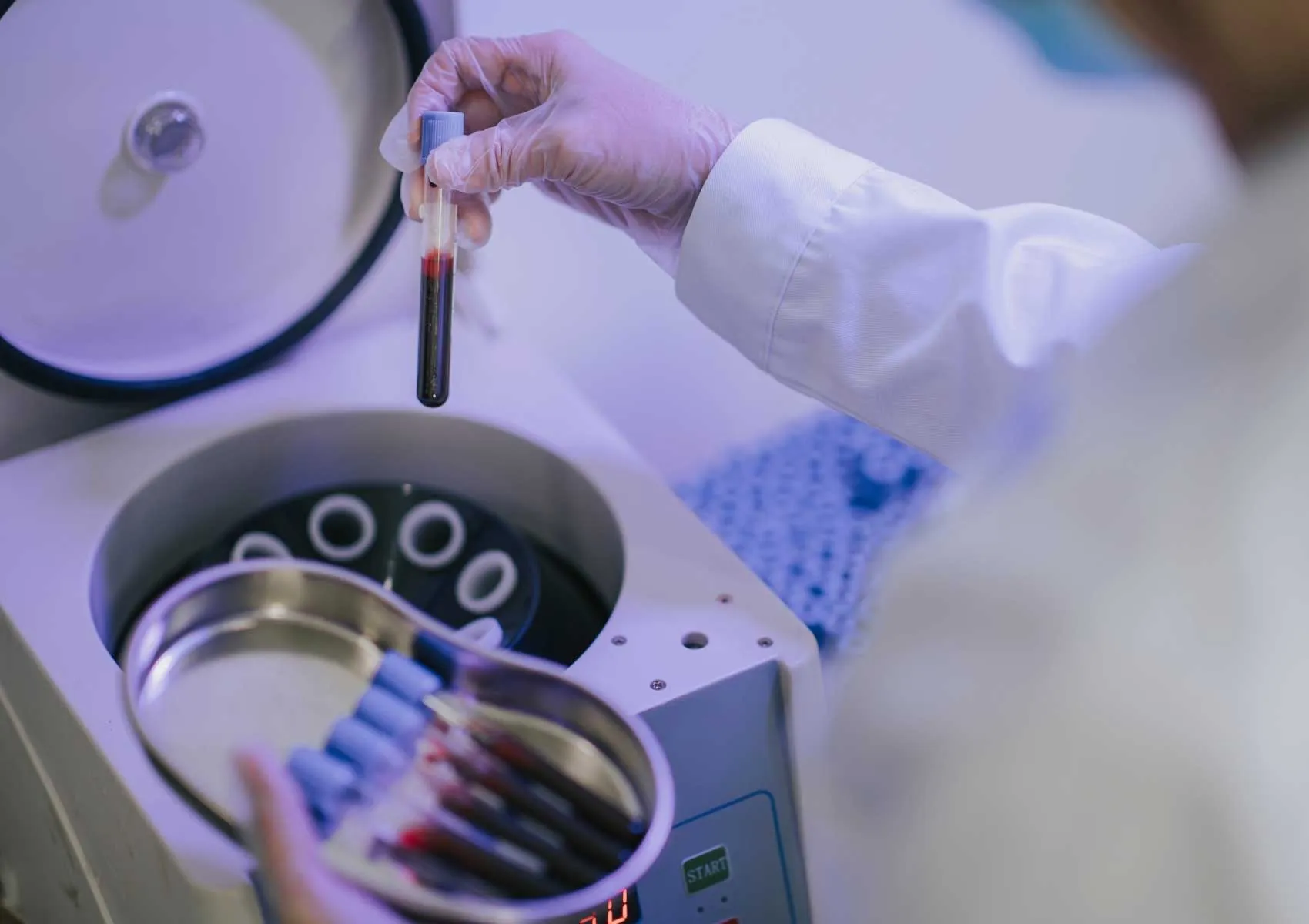Post-PRP Care: What to Avoid and What to Do
What should you do after a PRP injection? Learn essential post-PRP care tips, including what to avoid, when to resume activity, and how to maximize your results.
Platelet-Rich Plasma (PRP) therapy has become increasingly popular in recent years across various medical fields including orthopedics, sports medicine, dermatology, and aesthetic medicine. This regenerative treatment involves injecting plasma—rich in growth factors—derived from the patient’s own blood into damaged tissues to stimulate healing.
While PRP itself is a biologically potent treatment, the effectiveness heavily depends on how well the patient follows post-procedure care instructions. Even a technically perfect application can lose its therapeutic effect if followed by inappropriate behavior or incorrect aftercare.
This article outlines essential do’s and don’ts after PRP therapy, offering clear, science-based guidance for maximizing results.
First 24 Hours After PRP: Immediate Precautions
The first 24 hours are critical, as the injected growth factors begin interacting with tissue cells to initiate the healing cascade. During this period:
- Do not massage or press the injection site
Mechanical pressure can displace the concentrated plasma.
- Avoid applying ice or heat
Temperature extremes may interfere with the local biological response initiated by PRP.
- Refrain from taking NSAIDs (e.g., ibuprofen, naproxen)
These medications suppress inflammation, which is a necessary part of PRP’s regenerative effect.
- Limit physical activity
Especially after joint injections, rest is crucial in the first 24 hours.
Days 1–3: Controlled Movement and Healing
During the second and third days post-injection, the body continues its inflammatory and tissue repair response. Guidelines for this phase:
- Avoid strenuous exercise or training
High-intensity workouts, jumping, or heavy lifting should be postponed.
- Keep the area clean
Mild redness or swelling may occur—maintain hygiene to avoid infection.
- Use only paracetamol (acetaminophen) if needed for pain
Avoid anti-inflammatory painkillers, as they may diminish the regenerative effect.
From Day 4 Onward: Gradual Return to Activity
By the end of the first week, tissue regeneration accelerates. At this stage:
- Start low-impact exercises under supervision
For musculoskeletal PRP, introduce stretching, isometric exercises, or light mobility drills.
- Avoid overloading the treated joint
For example, avoid deep squats or stair climbing after knee PRP.
- Focus on nutrition
A diet rich in protein, omega-3s, and antioxidants can enhance tissue healing.
Special Considerations for Hair PRP
In hair restoration treatments, additional precautions apply:
- Do not wash hair for 24 hours
- Avoid hair products (gel, spray, dye) for 72 hours
- Do not wear tight hats or headbands
- Stay out of the sun and avoid tanning beds
- Refrain from exercise for 48 hours to minimize scalp sweating
These steps help protect the scalp and support optimal absorption of growth factors by hair follicles.
What to Avoid After PRP Injections
- Smoking and alcohol
Both impair oxygen delivery and cellular healing, reducing PRP effectiveness.
- Swimming pools, saunas, or public showers
Increase the risk of infection, especially in the first few days.
- Corticosteroid medications or injections
These directly counteract the healing response initiated by PRP.
When Does PRP Start to Work?
Most patients begin to feel improvement within 2 to 4 weeks after PRP treatment. In some cases, peak results may take 6 to 8 weeks to develop. The timeline depends on:
- The type of tissue treated (cartilage, tendon, skin, hair)
- The patient’s age and overall health
- Number and frequency of PRP sessions
- Lifestyle habits (nutrition, sleep, exercise)
PRP is not a quick fix, but with patience and proper aftercare, it can provide significant, lasting benefits.
FAQ
-
Can I exercise after PRP therapy?
Avoid strenuous exercise for the first 2–3 days. Resume light activity gradually with professional guidance.
-
Can I shower after PRP treatment?
Wait at least 24 hours before showering, and avoid applying heat to the area.
-
What pain relievers can I take after PRP?
Use only acetaminophen (paracetamol). Avoid NSAIDs like ibuprofen or aspirin.
-
When can I wash my hair after PRP for hair loss?
Wait 24 hours before washing, and avoid styling products for at least 72 hours.
-
How long does it take for PRP to work?
Results often begin in 2–4 weeks, but full benefits may take up to 6–8 weeks depending on the condition.

